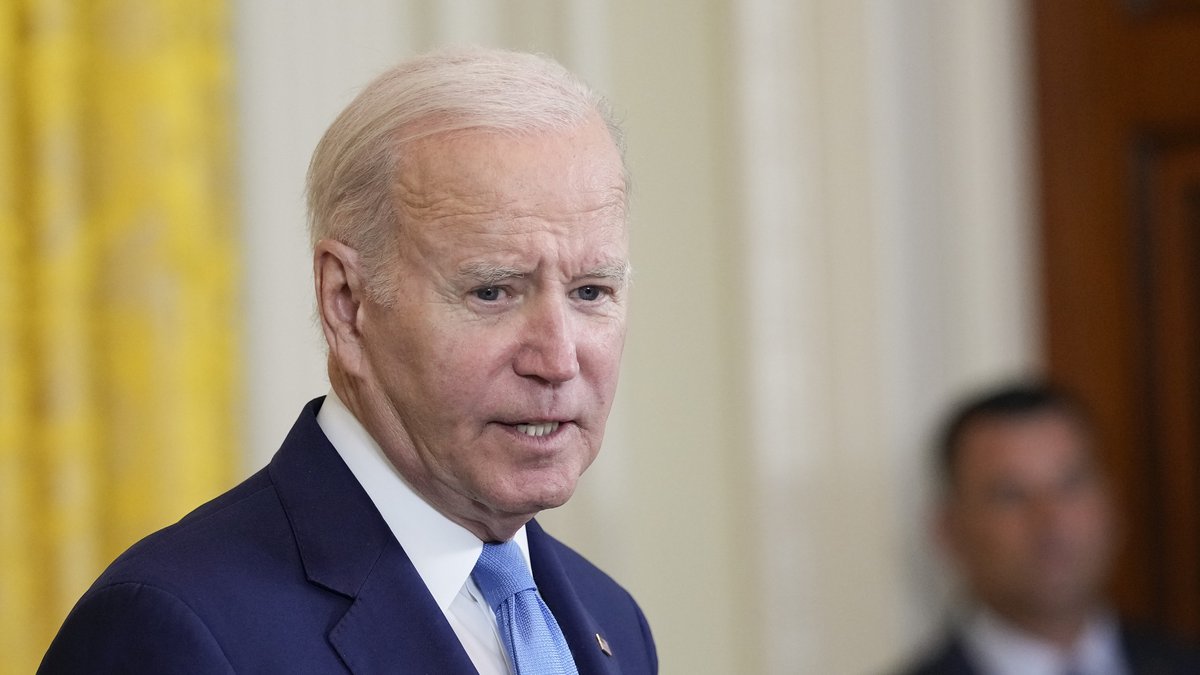The Biden administration is accused of interfering in an ostensibly impartial scientific review, allegedly creating documentation to support its environmental justice initiatives aimed at a significant chemical plant.
Court filings examined by Fox News Digital reveal that Michael Morton, the Environmental Protection Agency (EPA) Region 6 science liaison to the EPA Office of Research and Development (ORD) in Washington, D.C., acknowledged last year that he did not write a crucial July 2021 email sent from his address. This email halted a scientific examination of health risks related to chloroprene emissions, a topic central to a federal lawsuit with extensive economic ramifications.
“I didn’t write that,” Morton told lawyers for synthetics manufacturer Denka Performance Elastomer (DPE) during a deposition in November. “I didn’t say that. For – for that part, I didn’t – I don’t know that, so I don’t know who wrote that,” he added when pressed on the email.
Morton’s testimony and recent disclosures may potentially undermine the Biden administration’s legal action against DPE. A successful outcome for the administration could jeopardize the future operations of DPE’s major manufacturing facility in LaPlace, Louisiana, and establish a precedent with broader implications for the multi-billion-dollar U.S. petrochemical industry.
In February 2023, the Department of Justice initiated a federal lawsuit against DPE, representing the EPA, aiming to compel the reduction of chloroprene emissions at the LaPlace facility—the Pontchartrain Works Site, the sole U.S. plant producing neoprene, a synthetic rubber used in military equipment, wetsuits, and medical technology.
As per the legal action, the emissions from the plant are alleged to present a cancer risk to residents in Saint John the Baptist Parish, Louisiana, constituting an “imminent and substantial endangerment to public health and welfare.”
“When I visited Saint John the Baptist Parish during my first Journey to Justice tour, I pledged to the community that EPA would take strong action to protect the health and safety of families from harmful chloroprene emissions from the Denka facility,” EPA Administrator Michael Regan said after the lawsuit was filed, adding that DPE hasn’t “moved far enough or fast enough” to reduce emissions.
In under a month, the Justice Department filed a motion for a preliminary injunction, seeking a court-ordered shutdown of DPE’s neoprene facility if substantial emissions reductions were not promptly implemented. Assistant Attorney General Todd Kim emphasized that this motion demonstrates the government’s commitment to addressing environmental justice concerns.
DPE responded months later, asserting that the government’s actions equate to a shutdown order with potentially catastrophic consequences, including complete revenue loss, significant workforce reduction, supply chain disruptions, contractual impacts, and regulatory challenges.
Moreover, the company framed the Biden administration’s efforts as politically motivated, unsupported by practical science, and beyond the legal authority outlined in the Clean Air Act. DPE highlighted its LaPlace facility’s significant reduction in chloroprene emissions and compliance with environmental permits.
DPE highlighted Louisiana Tumor Registry data indicating that St. John the Baptist Parish, where its neoprene facility is situated, has one of the state’s lowest cancer rates. Notably, the company criticized the EPA for basing its lawsuit on a 2010 study concluding chloroprene is “likely to be carcinogenic to humans,” a study that references 25-year-old research on female mice and led to the strict emissions standard of 0.2 micrograms of chloroprene per cubic meter of air that the EPA is seeking to enforce on DPE’s LaPlace facility.
For years, DPE and Louisiana lawmakers have urged the EPA to reevaluate this stringent standard, advocating for additional studies and scientific review. They argue that the 2010 study overestimated chloroprene’s cancer risk to humans. In court filings, along with Morton’s testimony, DPE’s counsel submitted email metadata indicating that it was originally authored by ORD officials, casting doubt on the authenticity of an email cited by the EPA to support its case. This raises questions about whether ORD crafted and sent an email to itself, using Morton’s email address, to undermine chloroprene’s nomination.











